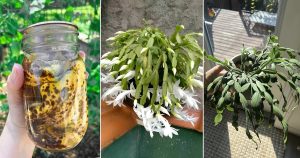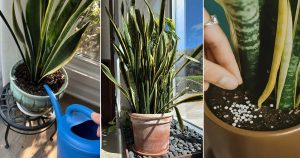Who doesn’t want more succulents? But here are things you should never do when propagating the Mother of Thousands.
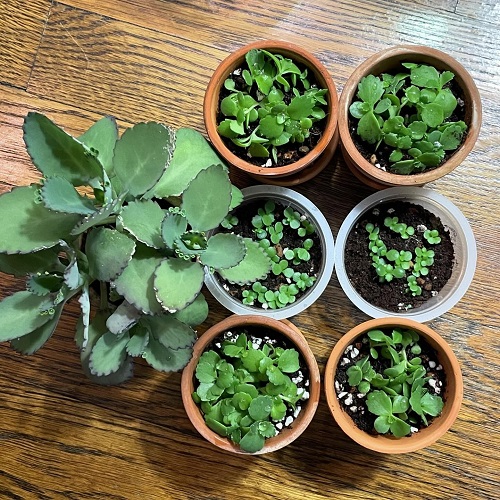
Kalanchoe daigremontiana is quite the icing on the cake of your succulent treasure. You will hardly find anything to complain about when you are dealing with such a hardy, low-maintenance plant. But if you want more of them, here are things that you should never do when propagating the Mother of Thousands!
Things You Should Never Do When Propagating Mother of Thousands
1. Not Choosing Healthy Plantlets
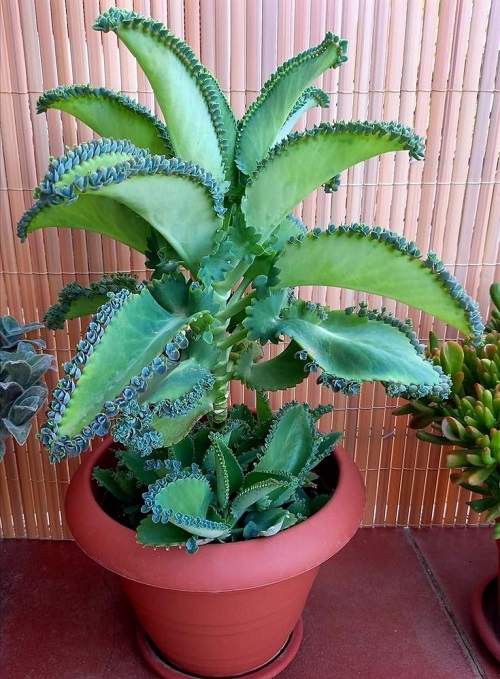
In nature, the plantlets fall off and root themselves effortlessly. But indoors, it’s a different story—you need to handpick the strong ones.
Go for plump, healthy plantlets and detach them carefully from the main plant by gently wiggling or twisting them off. Be sure not to damage the roots or leaves.
Avoid using tiny or underdeveloped plantlets—they usually don’t survive well on their own and may rot instead of rooting.
2. Way Too Direct Sunlight
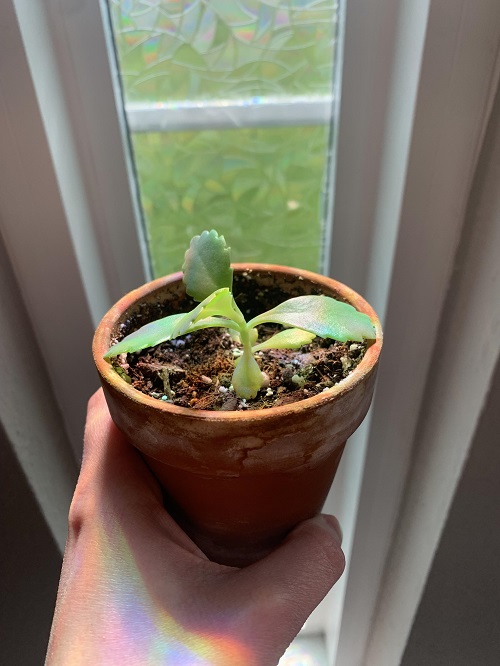
Being a succulent doesn’t mean it loves harsh sun right away. Propagating near a south-facing window can backfire, especially during midday. Instead, use an east-facing window that gets gentle morning light and indirect sun later.
North-facing spots won’t cut it, and too little light can slow root growth. If natural light is poor, bring in a grow light.
Tip: Use a sheer curtain to filter harsh rays—better safe than scorched!
3. Overfertilizing is Unwanted
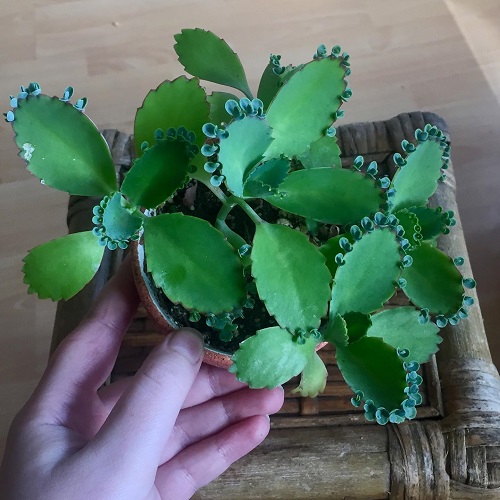
Mother of Thousands never asks for much food, as excessive nutrients can actually harm the plant. A balanced fertilizer with an NPK of 5-10-5 is more than enough—once a year in spring is plenty.
When in doubt, dilute it—half or even quarter strength is safest. Overfeeding burns the roots and sets you back.
Important: Skip fertilizer completely for fresh plantlets. Let them root and grow first—then feed after a month if needed.
4. Don’t Skip Overwintering
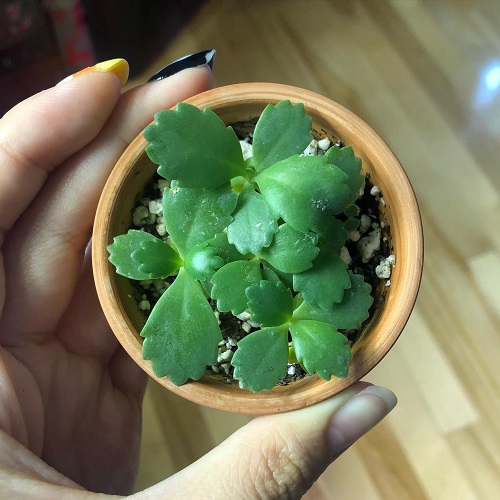
Coming from warm Madagascar, this plant doesn’t do cold. To prep it for spring propagation, you’ll need to overwinter the parent plant properly.
Bring it indoors by fall, cut down on watering, and stop feeding. Let it rest, but don’t let the soil go bone dry. If your home is too dry, mist the plant or place a water tray nearby. A stressed winter plant equals weak spring plantlets.
5. Confusing It with Other Species
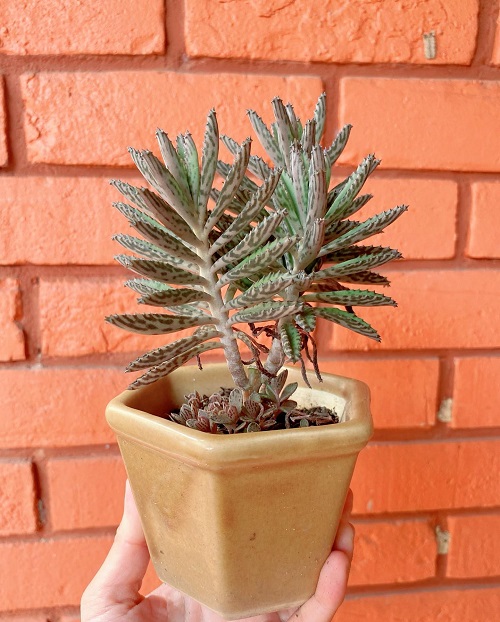
Many Kalanchoes look alike, especially the Mother of Thousands and Mother of Millions. But they grow differently.
Mother of Thousands grows plantlets along leaf edges in a rosette pattern, while Mother of Millions has longer, narrow leaves with plantlets at the tips.
Each needs slightly different care, so it’s worth checking which one you have before you start snipping and planting.
6. Being Impatient
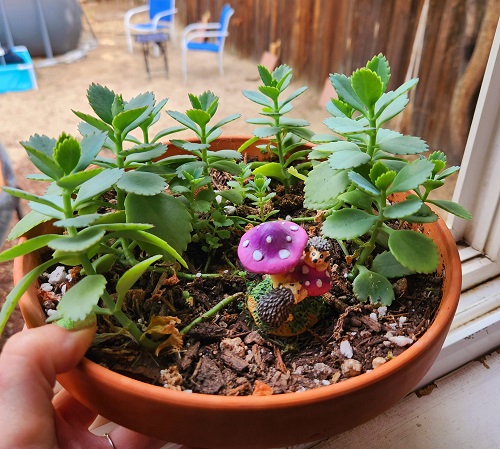
Once you’ve planted the babies, it’s a waiting game. But with the right care—light, warmth, humidity, and drainage—they’ll root in about 6–8 weeks.
Don’t poke or tug to check—this disturbs root formation. Just give them time.
Pro tip: Lightly touch the base—if it holds firm, roots are coming in!
So, those are the biggest don’ts when it comes to propagating this alligator plant or Mexican hat (whatever you like calling it!). Avoid these slip-ups, and you’ll have more happy baby succulents than you can count. Follow these and let us know how your propagation journey goes in the comments below!


